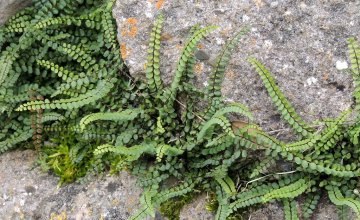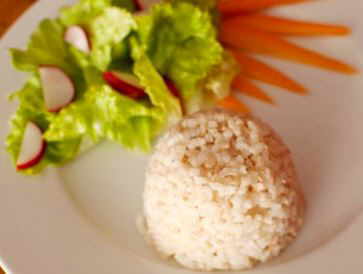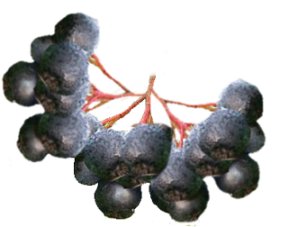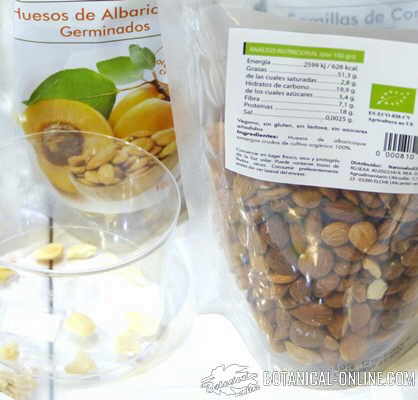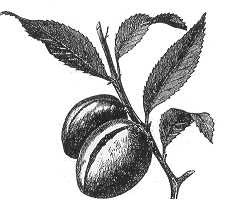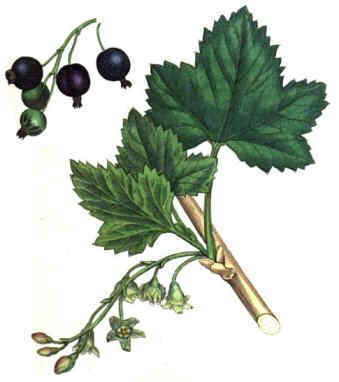Contents
- 1 How to cultivate pansies
- 1.1 Characteristics of the cultivation of the pansy plant
- 1.2 Location: where to place the pots of pansies
- 1.3 Care of the pansy plant in summer and winter
- 1.4 Where to place pancies in the garden
- 1.5 Irrigation and moisture of pansies
- 1.6 Transplant and planting of pansies in pots
- 1.7 How to reproduce a pansy plant
- 1.8 Pansy flowering
How to cultivate pansies
Common pansy (Viola tricolor = Viola wittrockiana) is one of the few plants that bloom in midwinter and remains in bloom for months, being one of the most versatile species in gardening. Sometimes, these flowers, which are edible, are used for decorating dishes.
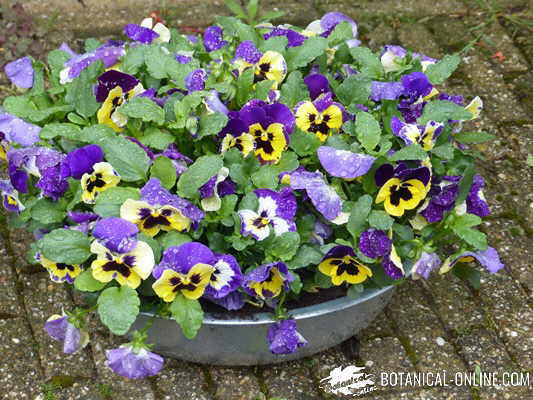
Pansies in pot
Characteristics of the cultivation of the pansy plant
Pansies require little care, adapting to all types of climate and to different types of soil. Their appearance is very decorative: dense foliage, intense green, and with colorful and colorful flowers. There are many varieties of pansies, with flowers of very varied colors and different tonalities, up to three different colors.
In gardening, this type of plants are used for decorating gardens, usually planted in pots. They can be combined with many types of ornamental plants. For example, in the humid countries of central Europe we find them combined with tulips, daffodils or grape hyacinths, because they are plants with similar needs for humidity.
They can also be planted under the trees, as cover plants, although, in this case, it is best to do it under the deciduous trees, so that they can take advantage of the sun and light during the winter and spring.
Location: where to place the pots of pansies
Pansies do not grow well in poorly ventilated or interior places. They should be placed in an outdoor place and protected from the wind. They grow in full sun or in semi-shade.
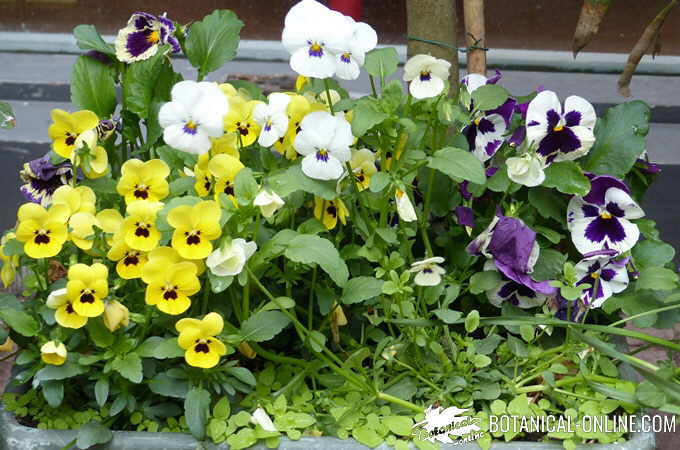
Flower pot with different types of pansies
Care of the pansy plant in summer and winter
The hottest times are the hot summer days. During summer months, pansies should not be left exposed to full sun. During winter frosts, protect when there is prolonged frost.
Where to place pancies in the garden
It is a plant that is used as an outdoor plant. Place in full sun or in semi-shade, protected from the wind. In summer, avoid excessive sun exposure, especially on very sunny days or the hottest hours, because the flowers would wither.
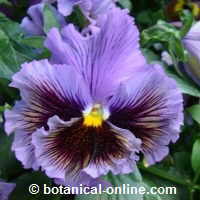
Photo of pansy flower
Irrigation and moisture of pansies
Regular watering, especially before flowering. The petals should not get wet. Watering at most every 2 weeks.
Avoid water puddles as they produce root rot.
It is also not advisable to space the irrigation too much, since they always need some moisture. In winter, water when there is no frost.
Transplant and planting of pansies in pots
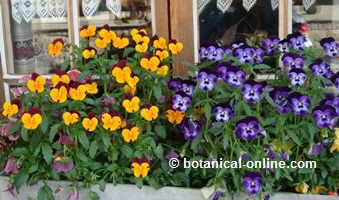
Photo of pansies in a window, very decorative.
Pansies require loose soil, not very rich and well drained.
Plant them in pots, flowerbeds, planters, hanging baskets, etc.
How to reproduce a pansy plant
A pancy reproduces by means of seedbed, at the end of winter. Step planting, to have flowers throughout the year, in the early or middle spring nursery.
Germination at 10 – 15 days.
Transplant when the plants are large enough to handle them.
Pansy flowering
This plant blooms throughout the year. The dried heads should be cut to stimulate the flowering of new shoots.
In winter they may need protection against frost, such as covering them with an insulating material (that does not touch the plant and leaves enough space to breathe).
They can be attacked by aphids.
![]() More information on pansy.
More information on pansy.

